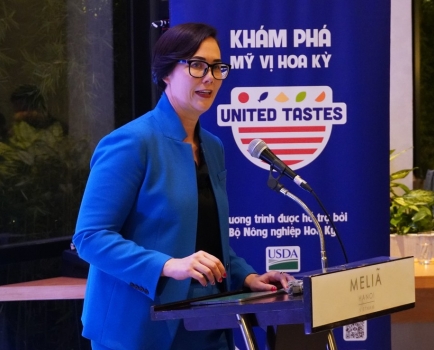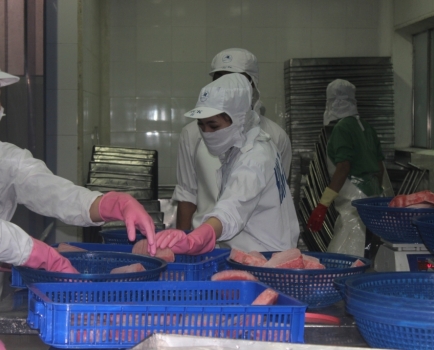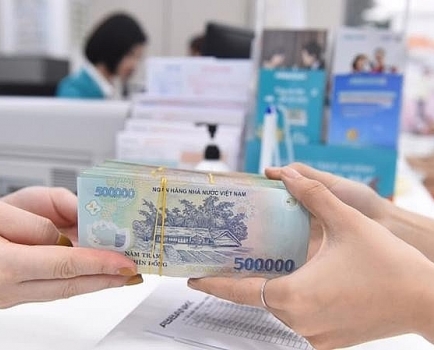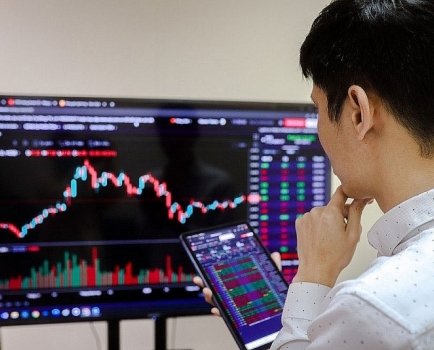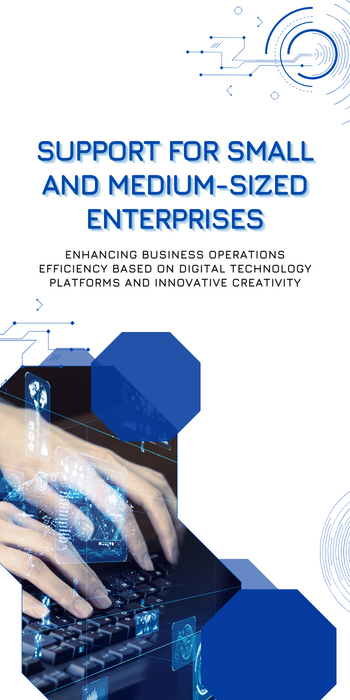Mobilizing finance for low-emission rice value chains
Thu, 12 Sep 2024 09:42:00 | Print | Email Share:
Capital is still the biggest difficulty for cooperatives and rice production enterprises, especially those participating in the high-quality, low-emission rice project in the Mekong Delta. This requires strong participation from banks, investment funds and international financial institutions.
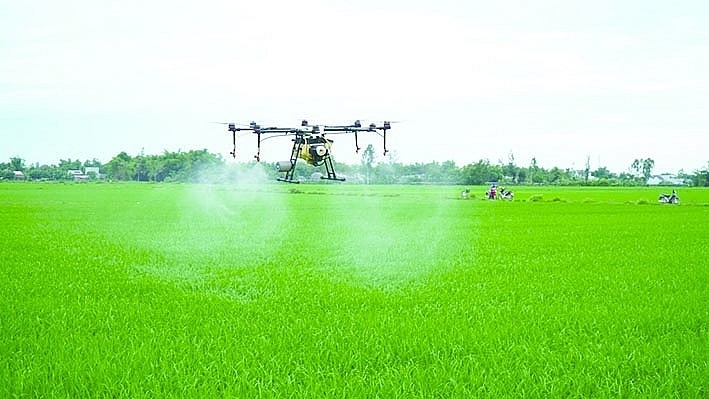 |
| The project to develop 1 million hectares of sustainable high-quality rice cultivation associated with green growth in the Mekong Delta region requires large capital to invest in equipment and materials for production. Photo: Internet |
Financial bottleneck
Talking at the workshop "Consultation on financial access in the low-emission rice value chain in Vietnam" held from August 27 to 28, Dr. Tran Dai Nghia, Head of the Department of Natural Resources and Environment Economics, Institute of Policy and Strategy for Agriculture and Rural Development (IPSARD) said that the 1 million hectares of high-quality, low-emission rice project is of great significance to the agricultural sector, the economy and the goals of adaptation and mitigation of climate change impacts in Vietnam. However, to participate and effectively develop the project, the financial needs of participating entities and units are very large. Especially in the conditions that agricultural production is facing the challenge of strong climate change.
Mr. Nguyen Do Anh Tuan, Director of the Department of International Cooperation, Ministry of Agriculture and Rural Development, said that if the project of sustainable development of 1 million hectares of high-quality rice is successfully implemented, it will be a revolution in rice production. The project will carry out many synchronous tasks from infrastructure, farming methods, mechanization, etc. In addition, it will reorganize production; strengthen links between people, cooperatives, enterprises, and traders to reduce risks in prices and markets.
It is estimated that the project will create new value of about VND21, 000 billion/year, equivalent to about USD840 million/year. This figure includes reducing production costs (VND 9,500 billion), increasing product prices (VND 7,000 billion), selling carbon credits (about VND 2,500 billion), and utilizing waste and by-products (VND 2,000 billion). In addition, people's income is forecast to increase by 40%, while 1 million jobs for farmers in the project area are guaranteed, contributing to building Vietnam's image in the international arena.
However, Mr. Anh Tuan said that the biggest difficulty of the project is calling for capital to implement the project, up to about USD 3 billion. This amount will be spent on infrastructure, irrigation, as well as improving skills and providing technical support for localities. It is expected that 60% will be socialized capital; the remaining about USD 1.2 billion will be mobilized from international organizations such as the World Bank, ADB, etc.
From the perspective of the unit participating in the project, Mr. Tran Van Chung, Director of Phat Tai Agricultural Cooperative (Tra Vinh) said that the Cooperative is receiving technical support from the state, 30% support for cluster sowing costs, 100% support for fertilizers, but the Cooperative still needs support to access capital to invest in straw rolling machines. Because the production of low-emission rice value chains has high requirements for the collection and treatment of straw after harvest. This requires the Cooperative to have a straw rolling machine, but the cost for each straw rolling machine for large-scale collection is up to billions of VND.
The capital difficulties of farmers and cooperatives were explained by Mr. Le Duc Thinh, Director of the Department of Economic Cooperation and Rural Development, Ministry of Agriculture and Rural Development, as being due to the fact that most farmers and cooperatives still produce on a small scale, without synchronizing processes in all localities. Meanwhile, traditional credit models are less suitable for lending to collective economic models and cooperatives.
Even enterprises that cooperate with low-emission rice production cooperatives to implement large-scale production contracts face difficulties due to lack of financial resources. Therefore, enterprises need support to solve the problem of borrowing capital in the medium and long term to ensure cooperation contracts with cooperatives such as supplying input materials, purchasing ripe rice, applying new technologies, and investing in technical facilities according to the industry value chain.
Commitment of banks and international organizations
Faced with the above capital difficulties of enterprises and cooperatives, Mr. Nguyen Quang Ngoc, Deputy Head of Credit Policy Department, Bank for Agriculture and Rural Development (Agribank) said that Agribank can support a minimum reduction of 1% in interest rates for farmers, cooperatives, and enterprises participating in the 1 million hectares of high-quality rice project. Appraisal and disbursement procedures will also be implemented very quickly for units participating in this project.
In addition to domestic banks, international funding sources have also committed to meeting the project's financial needs. Mr. Nguyen Do Anh Tuan, Director of the Department of International Cooperation, Ministry of Agriculture and Rural Development, said that the World Bank (WB) has committed to providing about USD 330 million in funding for the 1 million hectares of high-quality, low-emission rice project. In addition to the loan funding, the WB has also agreed to support access to financial support organizations for emission reduction and the high-quality carbon credit market for rice, initially capital from the Transition Carbon Finance Fund (TCAF) worth USD 40 million, along with a non-refundable aid of USD 4 million. From now until the end of the year, the Ministry of Agriculture and Rural Development will propose the Ministry of Justice to support guidance on the process and procedures for proposing the application of special mechanisms for projects using foreign loans to submit to the Government and the National Assembly for approval.
Thus, the capital is ready; the remaining issue is the implementation of farmers, cooperatives and enterprises to bring efficiency to the project of producing high-quality, low-emission rice. To do this, there needs to be appropriate support from agencies and sectors in the application of technology, techniques, machinery and infrastructure investment.
Mr. Le Duc Thinh also said that it is necessary to study and amend the credit policy for rural agricultural development, in addition, there should be a credit program for high-quality, low-emission rice products in the Mekong Delta. In addition, it is necessary to study and implement a financial value chain model, a lending model linking three parties including banks - key enterprises in the chain and cooperatives to remove difficulties in accessing finance in developing the rice value chain.
By: Customs News
Source: https://english.haiquanonline.com.vn/mobilizing-finance-for-low-emission-rice-value-chains-31418.html
---------------------------------------------
Same category News :



